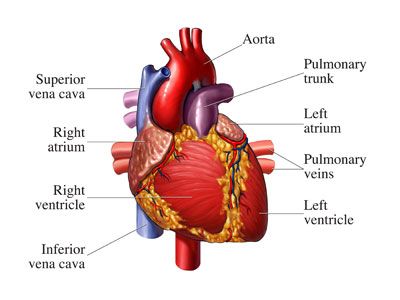When Vice President Dick Cheney was treated for a blood clot in 2007 after a series of long airplane flights, it wasn't all that surprising. Cheney was 66 years old and had a long history of heart disease, and abnormal clotting can be characteristic of that diagnosis. Far more surprising is the fact that 47-year-old former Vice President Dan Quayle developed blood clots after a long plane flight in 1994, and 39-year-old reporter David Bloom died of a blood clot in 2003 after spending days sitting inside a tank.
Bloom's clot was a DVT, or deep vein thrombosis, that became a pulmonary embolism. DVT is a blood clot that forms in the deep veins of the leg or groin. When that blood clot breaks free and travels through the blood to the lungs, it becomes a pulmonary embolism, which can cause a heart attack and can be fatal if it's not treated in time. Bloom's doctors in Iraq did everything right, but by the time Bloom sought treatment, it was too late.
Advertisement
That someone in his 30s can die from a travel-induced blood clot may seem like an anomaly, but it's not. Blood clots that result from long periods of sitting in one place are pretty common -- as many as 600,000 Americans develop this type of clot every year, and perhaps 100,000 of them die from it [source: Ohio]. Most people never even know they have one. The clot often dissolves before it causes any symptoms.
Travel-related DVT is sometimes called economy class syndrome because it's so often linked to long plane flights. This is part of the reason why so many of these clots become fatal pulmonary embolisms. Because they tend to develop during and after long flights, people may assume the leg discomfort they're feeling is just a cramp from sitting for too long, and they don't seek medical attention until it's too late. When clots, and even pulmonary embolisms, are treated in a timely manner -- usually with blood thinners -- they can almost always be resolved [source: CBS]. Recognizing the symptoms early is crucial.
In this article, we'll look at the symptoms of a blood clot and find out why it's linked strongly to plane travel. We'll also discuss who is most at risk, how you can prevent a DVT and what you should do if you think you have one.
The particular circumstances of a plane flight make DVT far more likely. Let's find out why.
Advertisement




